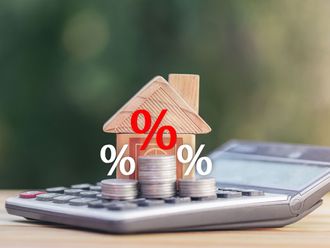
Dubai: Not all transactions in Dubai’s property market are stuck in negative mode or remain unchanged. Some of the city’s emerging locations are starting to record a definite upturn, a trend which has been quite noticeable from the fourth quarter of 2015.
While overall citywide transactions were up 12 per cent between the fourth and third quarters of last year, locations such as Sports City and Jumeirah Park recorded increases of 34 and 32 per cent, respectively. Even well-entrenched residential clusters such as Springs and Meadows are joining in the gains, averaging strong 30 per cent plus gains. The IMPZ community — which more developers are starting to give attention to, adding residential offerings to commercial properties — had a 30 per cent volume pickup quarter-on-quarter, according to data compiled by Global Capital Partners based on Dubai Land Department registrations.
As far as increases go, these numbers are impressive enough in a market where investor activity had been on mute for quite some time now. But the Q4-15 transaction details might have more to offer on closer inspection.
It could mean that more end users are willing to park funds in mid-market properties and locations, provided developers/sellers are willing to give sufficient incentives and where the infrastructure works are well advanced. With banks continuing to hesitate over offering full-fledged mortgage funding support, a good number of today’s end user buyers are just fine putting equity to get the deal done.
And by the looks of it, the buying surge has not been confined to just the last three months of 2015 alone. Between November last to end January, the level of deals involving properties in Springs and Meadows have shot up by 43 per cent, while it is 40 per cent for Jumeirah Park. But Sports City deals made slips to 10 per cent over the same three months.
But the upturn is extremely location-specific. Buy activity remains subdued in the premium end of the freehold marketplace, with Dubai Marina’s transactions lower by 40 per cent during November to January, while it was down 27 per cent at the Downtown.
“The trend clearly indicates that end user demand remains steady to increasing, whereas investor and speculative demand is sluggish,” said Sameer Lakhani, Managing Director at Global Capital Partners. “A second trend that is showing up relates to what’s happening in the ready-to-occupy space versus off-plan. The latter continues to exhibit negative premiums for the most part.
“This plays out over a longer period of time ... but the dichotomy in price action between the upper and mid-income communities both in the ready and off-plan space suggests that home owner capital formation is well on its way.”











